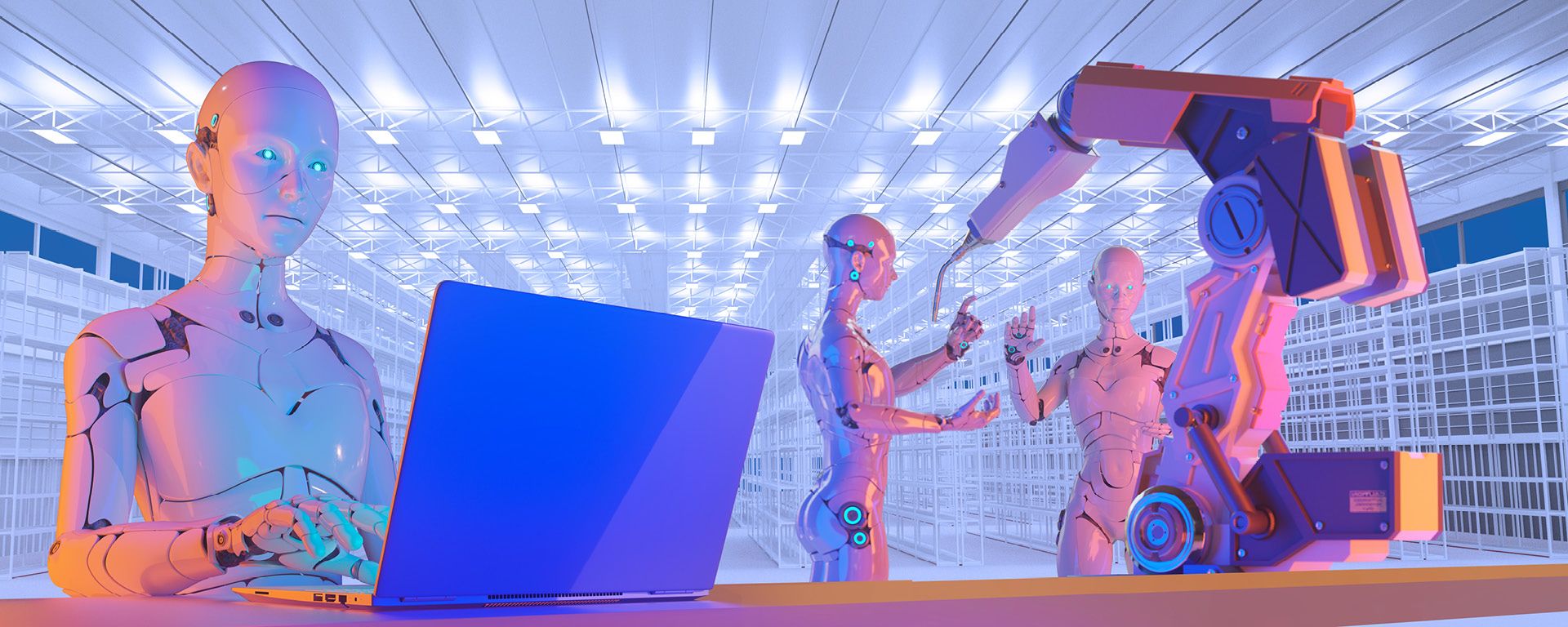Legal Dilemmas of AI
A series by FAS that translates the impacts, responsibilities, and risks of artificial intelligence into business language, applied across different areas and industries

Key contacts
Far beyond technology: the legal impact of Artificial Intelligence
Artificial intelligence (AI) is no longer the future, it is the present. It has been part of our daily lives for some time, but it has gained even more relevance with the launch of generative AI tools to the public, promising (or bringing the expectation of) improvements such as productivity gains, increased efficiency, and democratization of creative processes. These promises, however, hide several challenges.
Today, without a doubt, AI tools are present in the most varied sectors, often being a relevant part of the decision-making process. From the financial market to health, from industry to services, in the public or private sector, AI tools are constantly used for various reasons, and, some say, they are already changing the way we live, work and relate. These changes, whether intentional or not, need to be followed by caution, especially because the use of AI solutions can bring to light legal, ethical and social implications that cannot be ignored.
More than following a technological trend, it is necessary to understand how this technology has the power to even redefine responsibilities and demand new legal responses – something that is common to any other change process. Perhaps the big difference from the scenario introduced by AI is that these discussions and concerns are not only theoretical, but already have practical and very real implications. They are already affecting the business routine, the drafting of contracts, the relationship with consumers, the creation of content – in short, the list is as long as the imagination.
Ignoring these implications can mean running significant legal, reputational and financial risks that can result in annulment or even losses that are often greater than the gains projected from using this wonderful (but sometimes a little scary) technology.
Questions Raised by Artificial Intelligence
Who is liable for the flaws and errors of the technology, such as discrimination (or, in technical terms, manifestations of “bias”)?
.Who owns the intellectual property rights of content generated by AI in an advertising campaign?
.Can the use of AI in credit risk analysis or for money laundering prevention bring risks? What are the concerns in language model training?
.Unfortunately, the answers are not simple and, precisely for this reason, require debate. On the one hand, it is essential to understand that it is not enough to blame the "machine". On the other hand, those who develop or make available technology need to help understand its limits, risks and impacts, so that those who choose to use it do so consciously.
AI Issues: The Legislative Branch and Bill No. 2338/2023
To address part of these issues, the Brazilian Legislative Body is discussing Bill No. (PL) 2338/2023, which intends to provide for the development, promotion and ethical and responsible use of AI. The Bill provides for civil liability hypotheses for cases in which AI systems cause damage, especially in automated decisions. The operator of the AI system could be held liable for failures, especially in cases where transparency and safety have not been adequately ensured.
But until we have a regulation in place, it is of extreme importance that companies are aware of the development or use they make of AI systems. So far, Brazilian courts do not have a clear definition of civil and criminal liability against AI, but some decisions give clues that the Brazilian justice system is concerned about the issue and that there are limits to the use of AI. In addition, there are laws already in place that have the potential to be applicable to activities carried out with the use of AI tools.
Given the whole scenario, we inaugurate a series of articles dedicated to exploring the main challenges of artificial intelligence together with experts from various areas of law such as banking regulatory, civil litigation, labor, data protection, mobility and energy.
In the next texts, we will address the main points of attention and the connection with what we have today in terms of applicable laws and rules and the real risks to which companies are subject when developing, providing or using solutions with embedded AI.
Keep following the series “Legal Dilemmas of AI” and turn uncertainty into strategy.
Send a message to [email protected].



